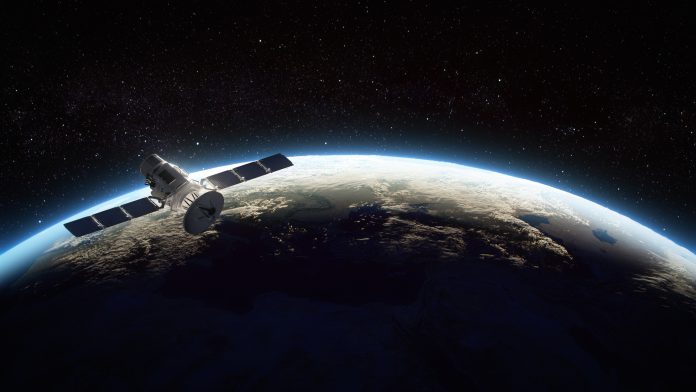Europe is taking its next significant steps forward in atmospheric monitoring capabilities with the upcoming launch of Sentinel-5A, scheduled for August 2025
This new satellite will become one of the most crucial components of the Copernicus Earth Observation programme, solidifying its position as the world’s most advanced system for monitoring air quality and emissions.
Sentinel-5A will join the recently launched Sentinel-4A, which is currently undergoing calibration and testing. Although Sentinel-4A offers a detailed geostationary view of Europe and North Africa, Sentinel-5A will complement it by providing global coverage from a polar orbit.
Two satellites, two different perspectives
The combination of Sentinel-4A and Sentinel-5A will create a strong approach to monitoring the atmosphere. Sentinel-4A, launched earlier this year, remains fixed in orbit above Europe and North Africa.
From this position, it delivers high-frequency measurements of atmospheric pollutants, including nitrogen dioxide (NO₂), ozone (O₃), and sulfur dioxide (SO₂). This geostationary perspective allows scientists to detect daily fluctuations in air quality and respond more quickly to short-term pollution events.
Sentinel-5A will orbit the Earth from pole to pole every 100 minutes. This allows the satellite to gather data across the entire globe, providing complete Earth coverage every 24 hours. Its wide-reaching perspective ensures that even remote and less monitored regions are included in the Copernicus monitoring network.
Strengthening the Copernicus programme
Launched aboard the MetOp-SG A1 satellite from Kourou, French Guiana, Sentinel-5A is expected to expand the detail of atmospheric data collected by Copernicus significantly. The mission will deliver proper information on a wide range of trace gases and pollutants, aiding efforts to understand the state of the atmosphere on a global scale.
These enhanced observations will feed into the Copernicus Atmosphere Monitoring Service (CAMS), which provides both short-term forecasts and long-term assessments of air quality. The addition of Sentinel-5A will enhance the accuracy and resolution of this data, enabling authorities and researchers to track environmental trends more effectively, identify pollution sources, and assess the impact of climate change.
A global impact
Although Sentinel-5A is a European mission, its impact will be worldwide. The satellite’s global reach ensures that no region is left unmonitored, making it a valuable tool for international climate agreements, scientific research, and public health initiatives.
More precise and timely data on greenhouse gases and air pollutants will enable decision-makers to craft policies that reduce emissions, improve air quality, and protect the environment. For scientists, the data will offer deeper insights into atmospheric processes and human impacts on the planet’s climate system.
Together with Sentinel-4A, Sentinel-5A will mark a new era of atmospheric observation, one that combines regional detail with global scope.











